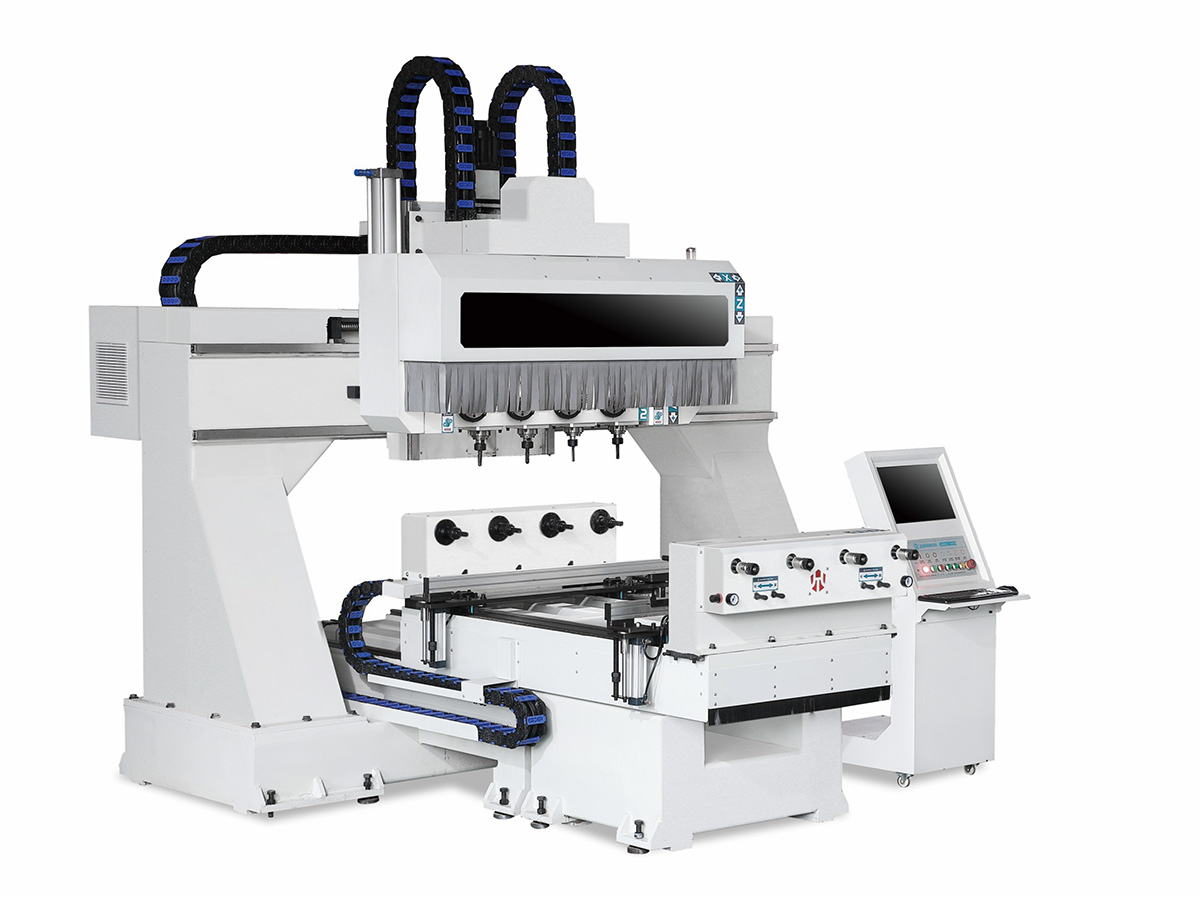Major developments in CNC for solid wood equipment have been game-changing for the woodworking industry. The introduction of this technology has revolutionized the way furniture and other solid wood products are manufactured. This cutting-edge development not only increases efficiency, but also improves the quality and precision of the final product.

One of the main features of numerical control (NC) for solid wood equipment is its ability to automate the manufacturing process. Using computer-aided design (CAD) software, operators can program machines to perform complex woodworking tasks with the utmost precision. This eliminates the need for manual labor and reduces the chance for human error, ensuring consistent and flawless production.
Moreover, CNC technology has greatly increased production speed. Using traditional woodworking methods, it takes a lot of time and effort to produce a large number of solid wood products. However, with the introduction of CNC, the process became faster and more efficient. These machines can now perform multiple tasks simultaneously, increasing productivity and reducing manufacturing time.
Furthermore, the precision and accuracy achieved by CNC equipment is unparalleled. Every cut, groove and design detail can be programmed into the machine, leaving no room for error. This level of precision not only improves the overall quality of solid wood products, but also enables complex designs that were previously difficult to achieve.
The development of CNC technology for solid wood equipment has also helped to significantly reduce material waste. These machines can optimize the use of raw materials by minimizing cutting errors and maximizing the yield per lumber. Not only does this save money, it also has a positive impact on the environment by reducing the amount of wood wasted in the manufacturing process.
In conclusion, a major development in CNC for solid wood equipment has revolutionized the woodworking industry. Its ability to automate manufacturing processes, increase speed, increase precision and reduce material waste makes it an indispensable technology for manufacturers worldwide. As this field continues to advance, we can expect even more innovative and efficient woodworking solutions in the future.
Post time: Jul-14-2023


